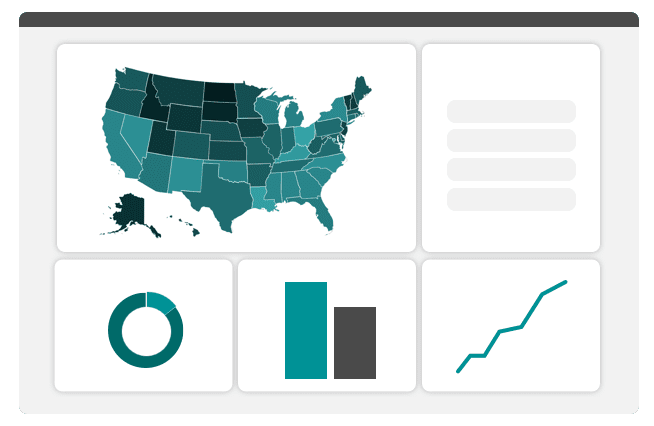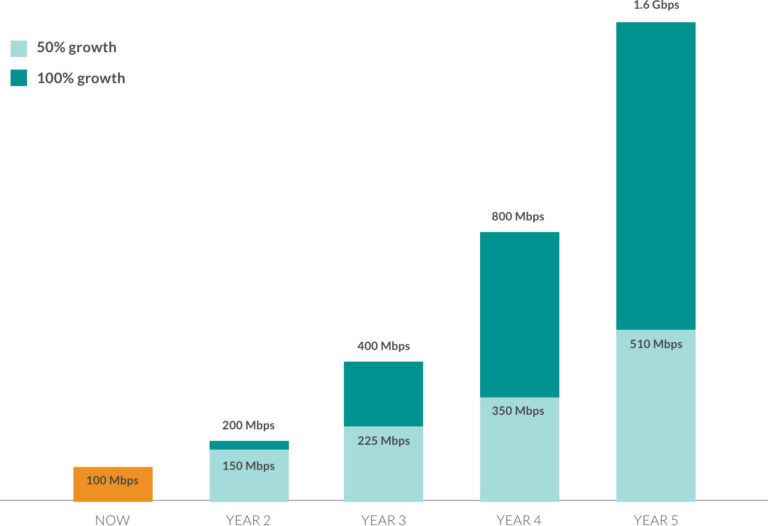For non-instructional facilities (NIFs) that do not have a full-time student population, there are no definitive guidelines on how much bandwidth is needed. This can vary based on the purpose of the location, so the following is a recommended guide:
- If the NIF serves a function that monitors a critical district service that involves data or video flow such as a security or transportation center, then the bandwidth should be similar to the amount at your largest school.
- If the NIF is a venue where people will gather and use Wi-Fi such as an auditorium or stadium, then the bandwidth should be similar to the amount at your largest school.
- The bandwidth at any other NIF should be, at a minimum, the same as the bandwidth at your smallest school.





